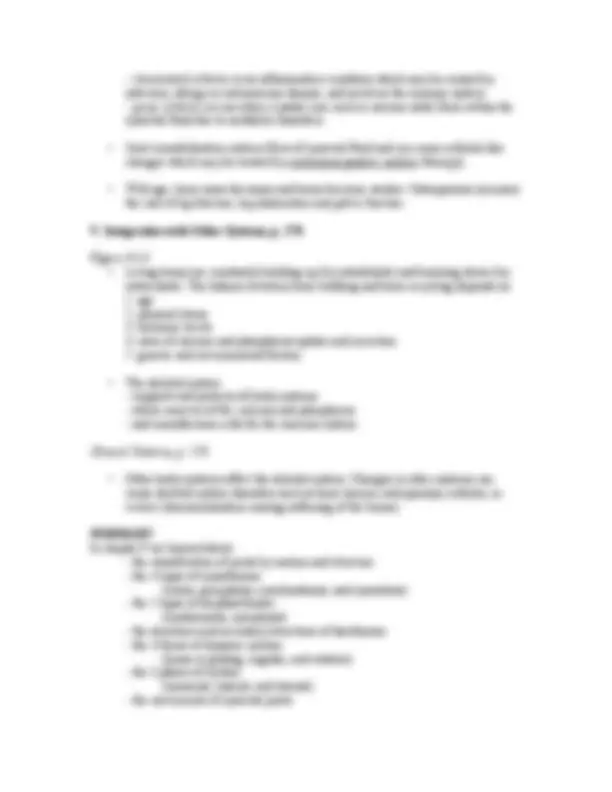








Study with the several resources on Docsity

Earn points by helping other students or get them with a premium plan


Prepare for your exams
Study with the several resources on Docsity

Earn points to download
Earn points by helping other students or get them with a premium plan
Community
Ask the community for help and clear up your study doubts
Discover the best universities in your country according to Docsity users
Free resources
Download our free guides on studying techniques, anxiety management strategies, and thesis advice from Docsity tutors
Joints can be divided into functional groups: - Synarthroses, or immovable joints, are bound together by fibrous or cartilaginous connections, which may ...
Typology: Study notes
1 / 10

This page cannot be seen from the preview
Don't miss anything!







forward) retraction: the opposite of protraction, moving anteriorly (pulling back) Figure 9-5e elevation: moves in a superior direction (up) depression: moves in an inferior direction (down) Figure 9-5f lateral flexion: bends the vertebral column from side to side. A Structural Classification of Synovial Joints, p. 267
The Shoulder Joint, p. 272 Figure 9-
(gliding, flexion, extension, hyperextension, abduction, adduction, circumduction, rotation, pronation, supination, inversion, eversion, dorsiflexion, plantar flexion, opposition, protraction, retraction, depression, elevation, and lateral flexion)